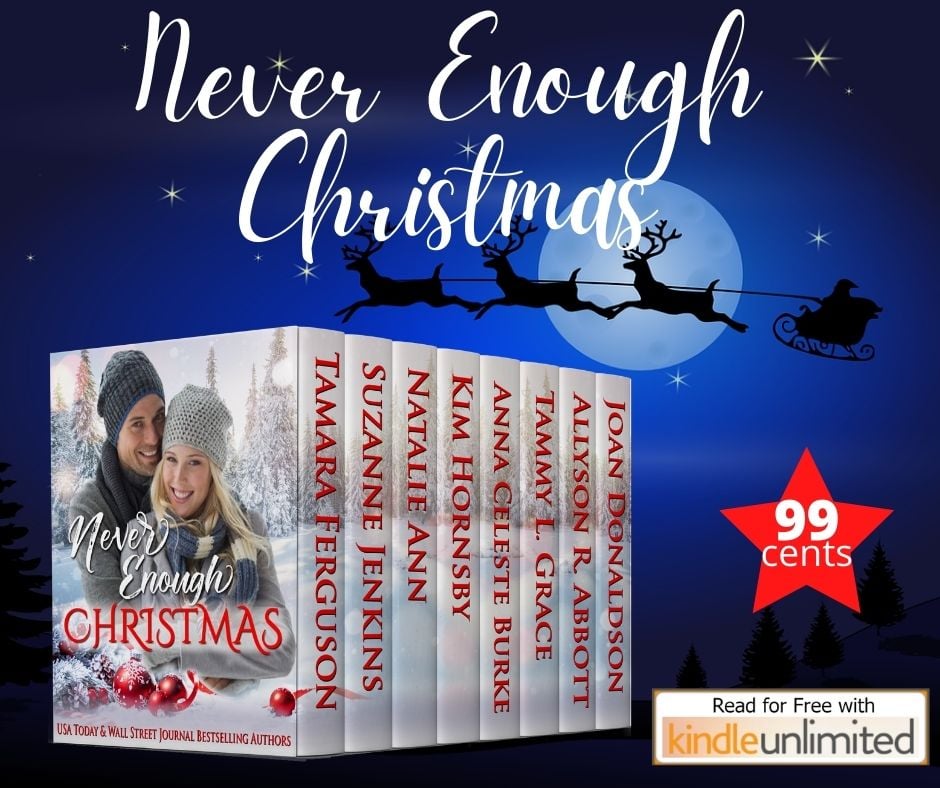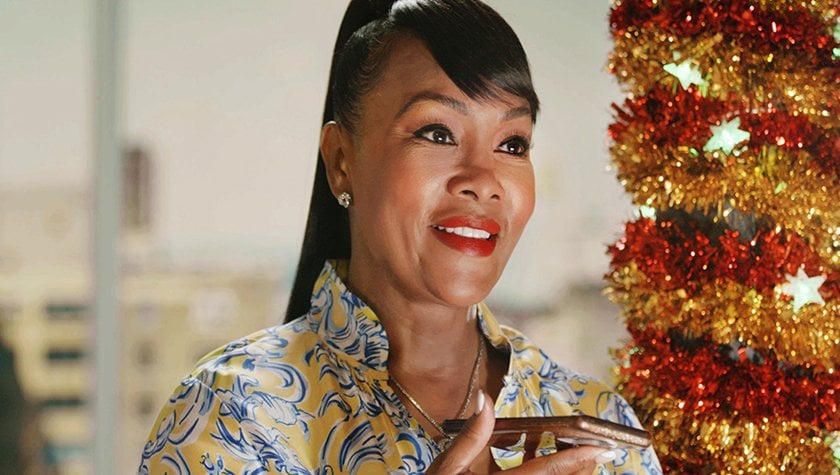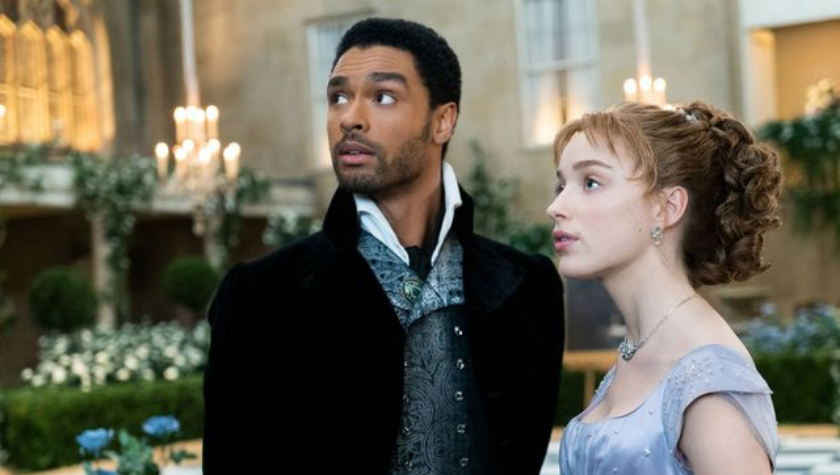Behind the Scenes of the Christmas Screenplay Adaptation Process
December 23, 2020
In addition to being a screenwriter, I’m a novelist; one of those writers that takes nine months to carve out a story to where it’s good enough to offer for sale. Sometimes, it’s a two-year long slog with occasional breaks if the story is complicated. You see, years ago when I discovered the joy of screenwriting and realized I could adapt a book to script in a month or two, it was like I’d hit the mother load. With fifteen published novels I had material to draw from, I had a small library of fully fleshed out stories complete with characters I’d been living with (inside my head) for a long time. I’d spent years writing a five-book suspense series and those characters were like family friends, hanging around the neighborhood, just waiting for their chance on the silver screen.
For my first screenplay, I adapted the first book in my Dream Jumper series, a supernatural suspense set on Maui. I was convinced the producer (who’d optioned the whole series) would need all five books as the franchise grew. I even drew an action figure to show my merchandising plan. Dream catchers! McDonalds Happy Meals! I loved the process of adapting not just because it was fast, but because it was wonderful to visualize my book as a movie with the full package.
I had Christmas novels, too. I’d been asked by an author friend in 2013 to write a short novel (a novella) for a Christmas Anthology Box Set and because that sounded fun, I wrote one. The book series was an award-winner, and I was off to the races with a new genre. Somewhere around this point my literary manager called me after a pitch appointment in L.A. to ask if I had a Christmas Romance Feature. “I could have one for you in a week or two,” I said without hesitation, and set to writing the adaptation of "Christmas in Whistler", my novella about a divorced mom without her children at Christmas who goes on a ski vacation and meets a dashing Frenchman only to find she has a connection with him that precludes a romance. Writing that screenplay led to me writing a screenplay for my latest novella, "Maui Kalikimaka". Then, I wrote a screenplay that wasn’t an adaptation and within three months of starting, it was sold with plans to film this year — something that didn’t happen because of COVID.
In all, I’ve written seven Christmas Romance Features, one of which is in development and one sold. My other scripts are making the rounds, so my fingers and toes have been crossed for most of the year as I wait to hear that green light clicking on. With some luck, I’m on the cusp of breaking into this business. This is all to say: Here’s how the writing process works for me, and I hope you can find some inspiration in it.
Where to start when writing an adaptation
Sometimes I write the novella first at 25,000 to 35,000 words. Sometimes, I write the screenplay first, then remind myself to write a novella because if the script sells without IP, I’m out of luck to write the novella when the movie is made. If it isn’t in the contract that the script is adapted from a book the writer retains the rights to, then the fine print usually says all book rights are forfeited by the screenwriter. I’m not allowed to write a book after the fact. Warning: Writing books is not a lucrative career unless you spent most of the last year on the New York Times Bestseller List. I’ve been lucky enough to be on the USA Today Bestseller list with a Christmas book, which made the lack of financial success as an author easier to handle. But if that book is adapted to a movie, the sales will be better. Bottom line is, I don’t count on book sales for my paycheck. Especially when proceeds from my Christmas books usually go St. Jude’s Children’s Hospital. This year, I’ll donate a portion of my proceeds from a Bestselling Christmas Box Set, NEVER ENOUGH CHRISTMAS, to St. Jude’s, a favorite place for me to throw a bit of money. My husband just came through four months of chemotherapy and is doing well, so I’m particularly grateful this year to doctors, nurses, cancer research and miracle drugs.
Christmas is a magical time, and if you search Netflix, Hallmark, Lifetime, Fox, and Hulu, you’ll find loads of Christmas movies available. It’s a HUGE market for screenwriters. The movie viewing schedule starts sometime in October and goes through January. Then, there’s Christmas in July. Now, go look on Amazon for Christmas books and you’ll see a wealth of stories. Feel free to start with NEVER ENOUGH CHRISTMAS which is eight Christmas Romances for 99 cents! (Warning: Some are steamy.)
The legalities of the adaptation process
There are two ways to adapt a Christmas book into a Christmas screenplay. Adapt your own book or adapt someone else’s — with their legal permission, of course. Indie authors (those who haven’t signed away their media rights to a publisher, but instead went ahead to publish under their own publishing name) are ripe for opportunity. You can’t publish your own book and have success without a lot of hard work. I’m here to tell you that the Indie authors who have done well are go-getters, thereby making them the type of person interested in broadening their reach and attaching to a movie version of their book. If you see a Christmas book that looks interesting, buy it, read it, figure out if you could adapt that story, and reach out to the author to ask if they’d like to enter into a shared writing credit for your next Christmas movie. Story by: Author, Screenplay by: You. Then, get a lawyer and develop a trusting relationship with the author. I’d have to think most Indie authors of Christmas books would be absolutely tickled to be part of getting their story to a screen. Whatever you decide to do with your Christmas movie, make sure you own the rights to the story, have procured the rights, or the story is in the public domain before you put all that work into writing a great Christmas movie only to find out that you don’t actually have permission to take someone else’s story and make a movie.
Or, write your own novella and self-publish it on Amazon! Hey, a writer is a writer. It takes me four to six weeks to write a 30,000-word novella. I publish a Christmas novella every autumn. It costs nothing out of pocket, unless you want to hire a cover artist or buy a pre-made cover for your book. An ebook only costs you your time and once you’re done, you have a very long treatment to use to write your screenplay. If you can write a screenplay from your published ebook and sell the screenplay that now has IP and make two paychecks, isn’t that the best of both worlds? Amazon Kindle has full details on how to publish an ebook all over the internet. Start here.

So, at the end of a challenging 2020, are you convinced to try your hand at a Christmas screenplay? It’s harder than most people in the audience think. There is an art to it. Hitting all the beats, having enough Christmas on every page, keeping within the brand, and not getting too heavy are some of the pitfalls. But, as I’ve stated in the last two articles in this Christmas screenplay series, keeping Christmas in your head for two months of writing is a very happy place to hang out.
Here’s to 2021 and selling a screenplay and seeing it go into production. And here’s to reading the novella that you publish on Amazon Kindle (KDP) as you entertain us with goodwill, lit Christmas trees, and kisses under mistletoe in two mediums!
Merry Christmas, Happy Hannukah, and Happy Kwanza, my friends!
Kim Hornsby’s novels can be found at her Amazon site: www.bit.ly/kimamzn
Kim’s website: www.bit.ly/KimHornsby
Follow Kim on Twitter: www.twitter.com/KimHornsby
Written by: Kim Hornsby
Kim Hornsby is a sold screenwriter of Christmas Romances as well as a USA Today Bestselling Author with 16 published novels in Romance and Suspense. A former Maui scuba diving instructor, Kim now writes overlooking a tree-lined lake in the Seattle area with two rescue muses as footwarmers. Her adaptation of her bestselling novel The Dream Jumper’s Promise won the Seattle Film Summit’s Grand Prize, as well as being optioned twice. Spring of 2022 will see Kim’s award-winning Short, CHAT, being filmed in Seattle with Kim at the helm as producer. Kim’s Website http://www.bit.ly/KimHornsby- Topics:
- Discussing TV & Film




